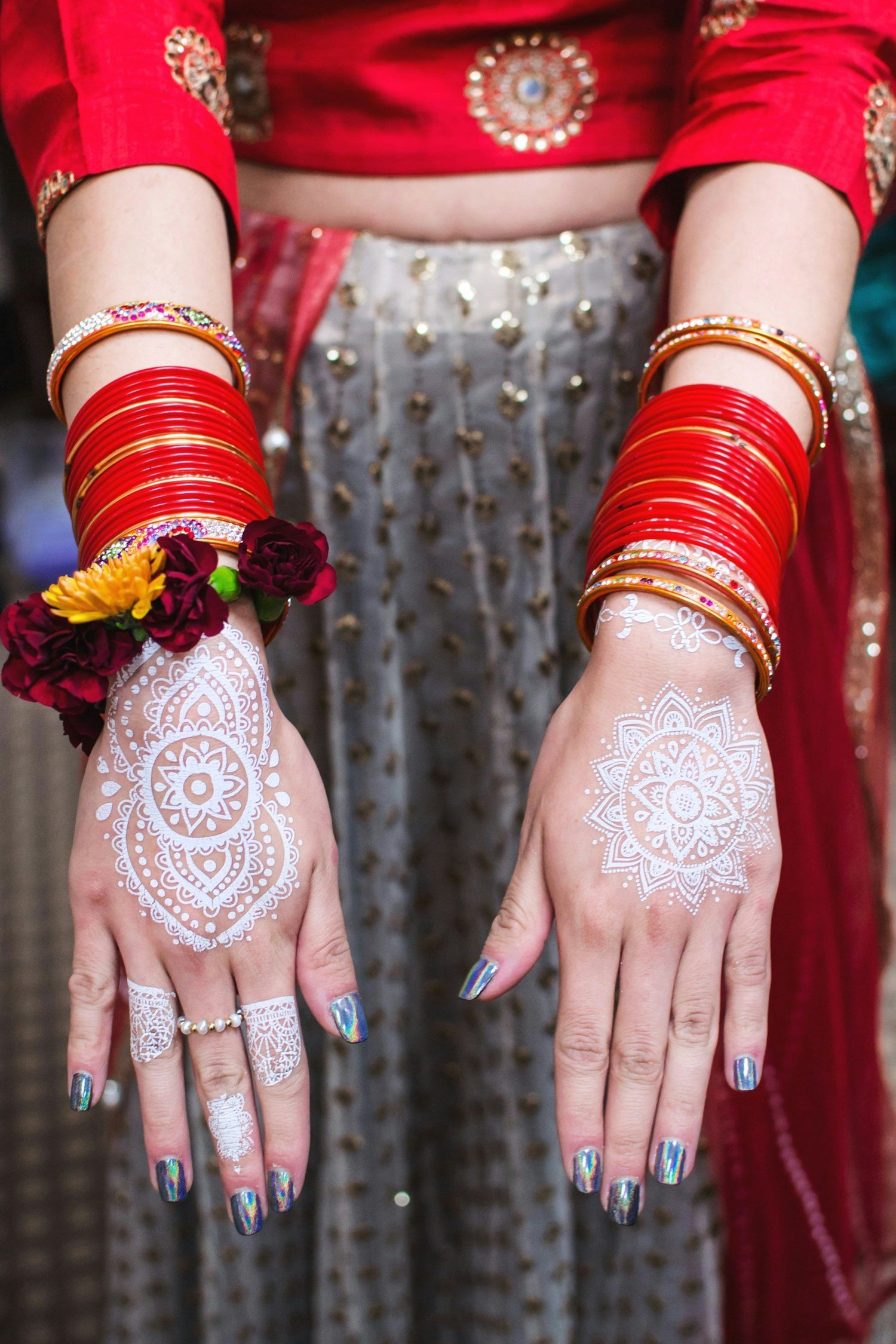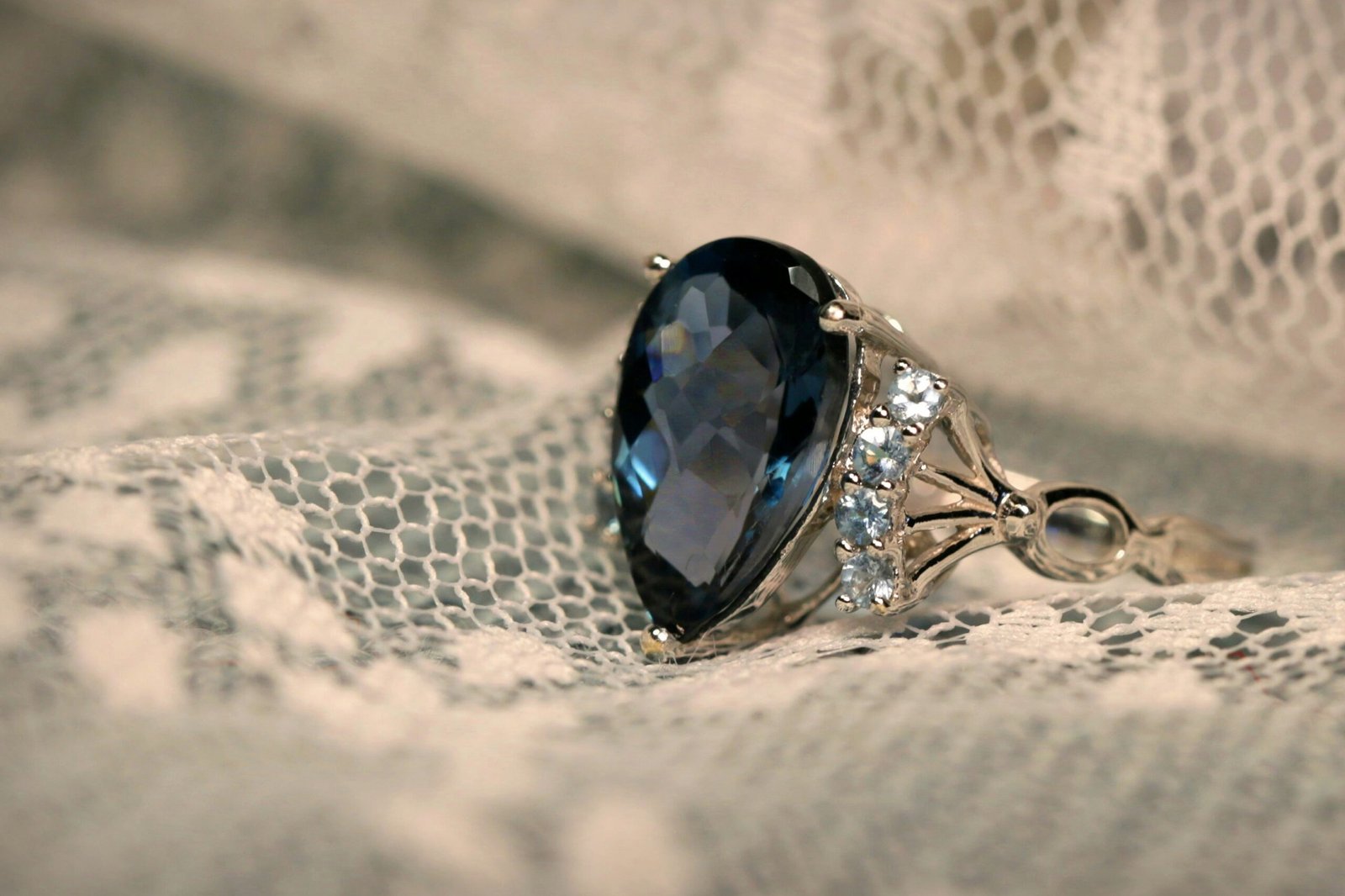
The Significance of Jewelry in Cultural Rituals and Celebrations
The Historical Context of Jewelry in Cultural Practices
Throughout history, jewelry has played a pivotal role in cultural practices, serving not only as adornments but also as symbols of identity, status, and spiritual beliefs. The origins of jewelry can be traced back to ancient civilizations, where various forms of adornment were deeply intertwined with rituals and societal norms. In ancient Egypt, for instance, gold jewelry was not merely decorative but held profound significance, particularly in funerary rites. It was believed that gold would protect the deceased in the afterlife and facilitate their journey, reflecting the civilization’s intricate beliefs about mortality and the divine.
Similarly, in Native American cultures, intricate beadwork has long been a cherished tradition, with each piece of jewelry serving as a storytelling medium that conveys cultural heritage and personal narratives. The use of natural materials, like shells, stones, and bones, highlights an intrinsic connection to nature and ancestral practices. Items such as necklaces and earrings are often crafted for ceremonies, celebrations, or as tokens of love and respect, emphasizing their importance beyond mere aesthetics.
As we advance through different regions and periods, the significance of jewelry has continually evolved, often reflecting broader cultural shifts and societal values. For example, during the Renaissance, jewelry became a demonstration of wealth and power among the elite, with elaborate designs and precious stones signifying social status. In contrast, modern jewelry often embraces more personalized and eclectic expressions of identity, aligning with contemporary values of individuality and self-expression.
This historical context illustrates that jewelry transcends its ornamental role; it is a tangible expression of cultural identity, a vessel for tradition, and a marker of transformation throughout human civilization. Thus, the study of jewelry within cultural practices reveals not only aesthetic preferences but also deeper insights into the values and beliefs of societies across time.
Unique Jewelry Pieces and Their Cultural Meanings
Jewelry often serves as a symbol of cultural identity, with unique pieces reflecting the traditions, values, and beliefs of various communities. One of the most notable examples is the Maori greenstone necklace, commonly referred to as Pounamu. This precious stone, with its rich green hue, is highly revered in Maori culture. The Pounamu necklace is not merely an adornment; it embodies strength, prosperity, and a deep connection to nature and ancestry. It is traditionally gifted during significant life events, accentuating its role in personal and communal narratives. For the Maori, wearing Pounamu signifies a person’s lineage, transforming it into a cherished family heirloom that may be passed down through generations, further enhancing its cultural significance.
In contrast, the vibrant symbolism of wedding bangles among brides in South Asian cultures offers a different perspective on jewelry’s role in cultural celebrations. These bangles, often made of glass or gold, are typically worn in multiples and can be adorned with intricate designs and colors. They represent marital bliss, prosperity, and the emotional bond between partners. During the wedding ceremony, the bride wears these bangles as a vital part of her attire, symbolizing her transition into a new phase of life. The sound of the bangles clinking together is believed to invoke joy and good fortune, further highlighting their significance. Beyond the physical representation, these bangles serve as a reminder of the promises exchanged during the wedding, reinforcing their emotional weight.
These unique jewelry pieces, such as the Maori Pounamu and the South Asian wedding bangles, illustrate the rich tapestry of cultural meanings associated with adornments. They encapsulate personal stories and community heritage, transforming simple objects into powerful symbols of identity and tradition. Understanding these jewels’ significance fosters appreciation for the diverse customs that shape our shared human experience.
Jewelry in Modern-Day Celebrations and Rituals
In contemporary societies, jewelry plays a significant role in various celebrations and rituals, symbolizing love, commitment, and cultural heritage. Wedding ceremonies, for instance, showcase a range of traditions where jewelry is not only an adornment but also a reflection of personal stories and emotions. The trend of personalized jewelry has gained traction, with couples opting for custom pieces that encapsulate their unique journey together. This personal touch enhances the sentimental value of wedding rings, necklaces, and bracelets, transforming them into heirlooms meant to be passed down through generations.
The surge in popularity of handmade artisan jewelry further highlights the importance of craftsmanship in modern ceremonies. Many individuals now seek unique, historically inspired pieces that honor traditional techniques while fostering a connection to the past. This resurgence of handmade products resonates with a growing desire for authenticity, as consumers increasingly prioritize meaningful purchases over mass-produced items. As a result, artisan jewelry has become a staple in various celebrations, from birthdays to cultural festivals, where individuality and heritage are celebrated.
Globalization has also had a profound impact on the role of jewelry in modern rituals. As cultures intermingle, traditional jewelry practices have evolved, blending elements from different backgrounds. This fusion brings forth innovative designs and incorporates diverse materials, resulting in unique pieces that transcend cultural boundaries. Additionally, multicultural societies often witness ceremonies that celebrate various customs simultaneously, leading to a rich tapestry of jewelry use that champions inclusivity and shared experiences.
Hence, jewelry continues to adapt within modern-day rituals, reflecting not only personal significance but also the dynamic nature of cultural intersections. As traditions fuse and evolve, the symbolism and importance of jewelry remain at the heart of celebrations, ensuring its relevance in a constantly changing world.
A Global Perspective: Ceremonies and Their Jewelry
Jewelry serves as a powerful symbol in a multitude of cultural ceremonies around the world, illustrating the diverse ways in which different societies express identity, tradition, and beliefs through adornment. In Western cultures, wedding rings epitomize the bond of marriage, standing as a testament to love and commitment. Typically worn on the fourth finger of the left hand, these rings often crafted from precious metals, represent an unbreakable union and are exchanged during the wedding ceremony, symbolizing both the couple’s love and the promises they make to each other.
Conversely, in many African cultures, adornment practices such as the use of beaded neckpieces hold significant meaning in various ceremonies, including weddings and rites of passage. These intricate creations often showcase a wealth of cultural heritage and storytelling, as each bead and design can symbolize different tribes, family lineage, or personal achievements. The colors, patterns, and styles of these neckpieces can vary drastically, reflecting the unique values and history of the specific culture or community.
Additionally, Asian traditions highlight the role of jewelry during festivals and religious ceremonies. For instance, in Hindu weddings, the bride often wears a stunning array of gold jewelry, which is not only aesthetically pleasing but is also imbued with symbolic meaning. Each piece is said to bring blessings and prosperity to the marriage. Similarly, in Chinese culture, jewelry is integral to celebrations like the Lunar New Year, where families adorn themselves with gold and red items to attract good fortune and ward off evil spirits.
This comparative analysis underscores that regardless of cultural context, jewelry often serves as a means of expressing human connections, celebrating significant life events, and honoring traditions passed down through generations. The stories behind these ornaments enrich our understanding of cultural diversity and highlight the profound significance of jewelry in our global narrative.

